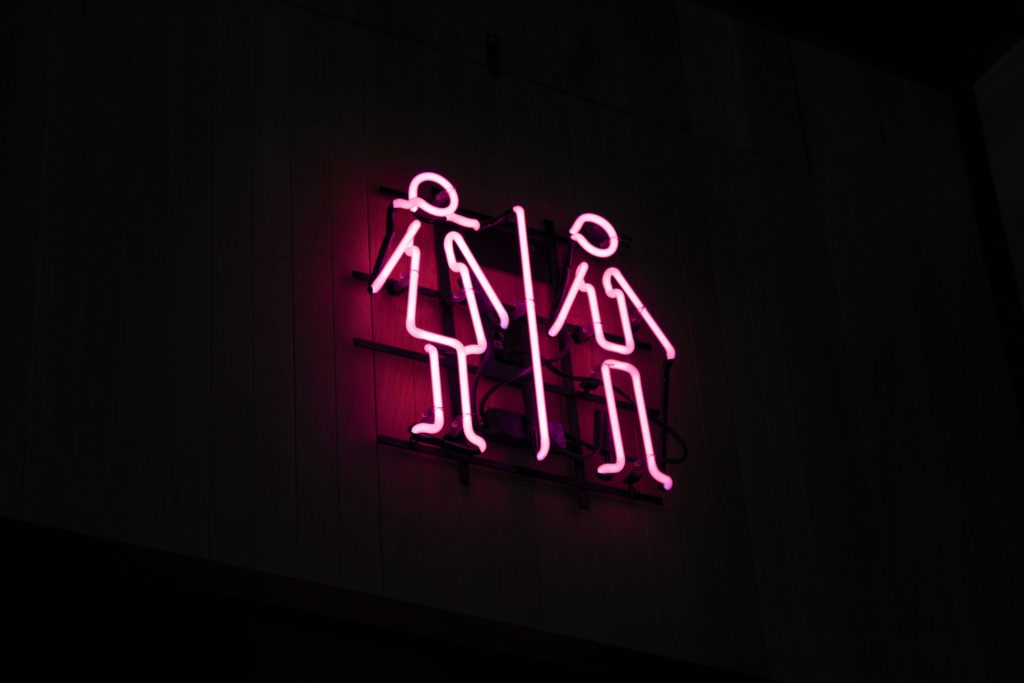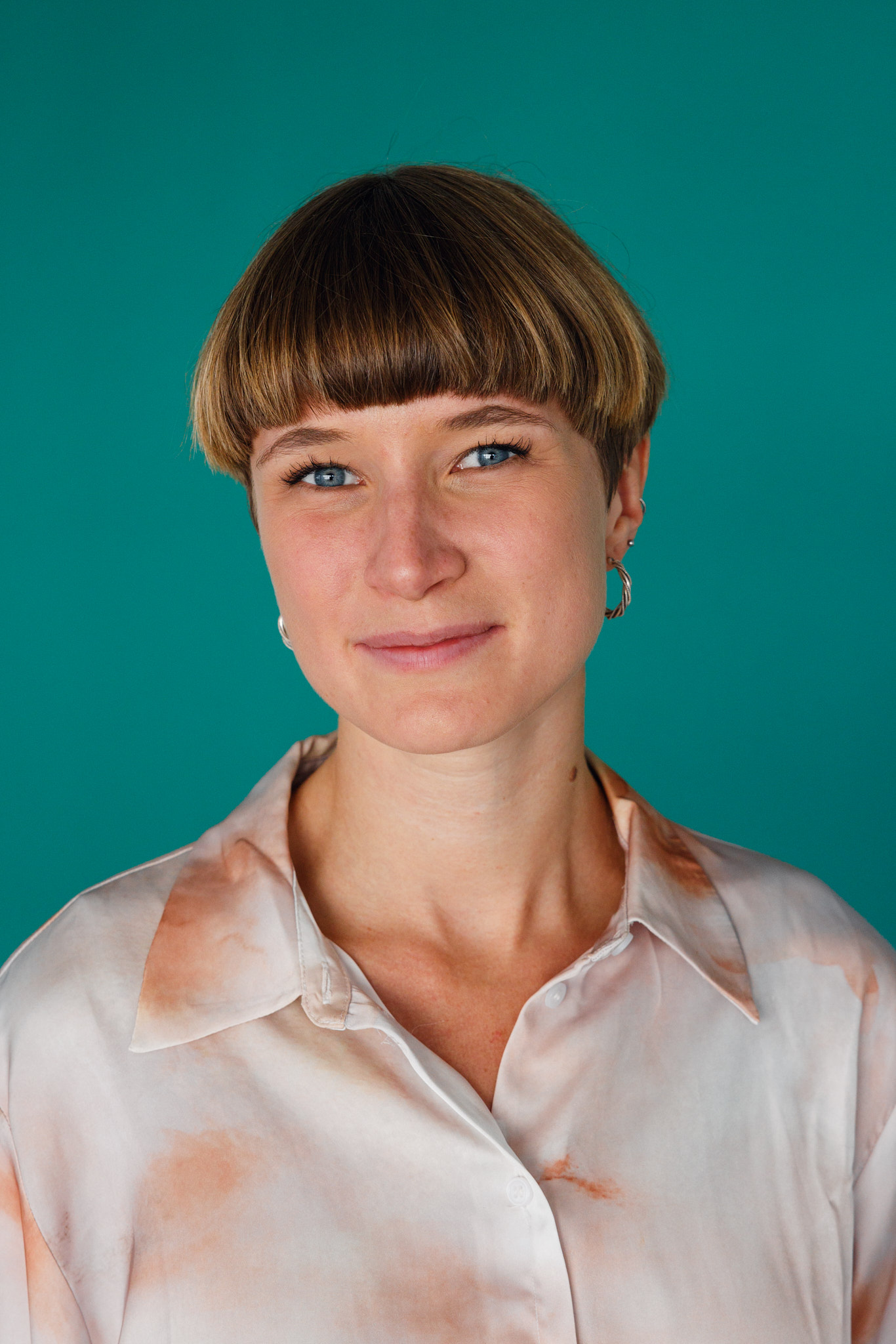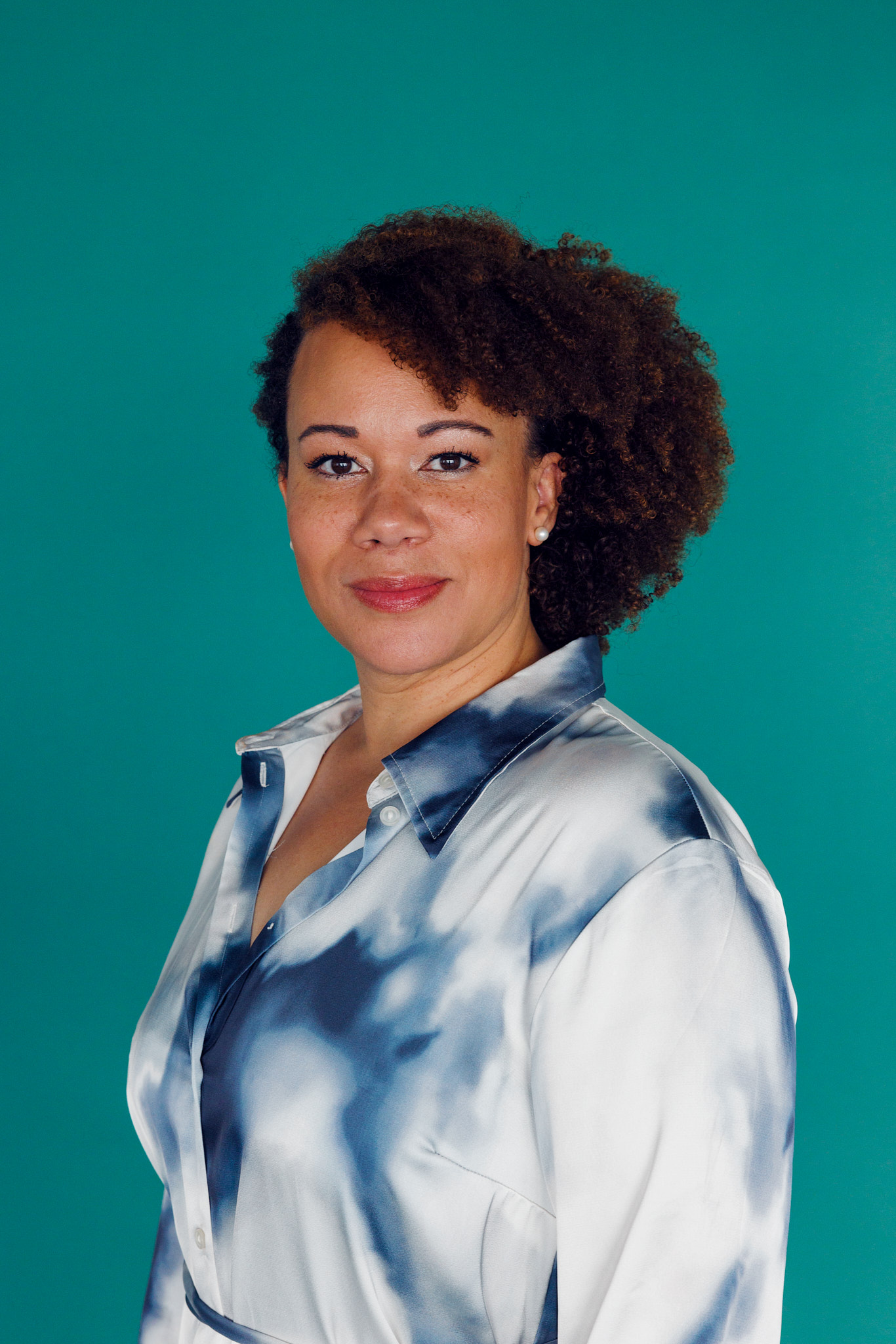
On the occasion of the 2022 parliamentary elections, we focus on gender and women in Danish politics. What is the status and what can we do to increase gender equality and representation in the political landscape? We talked about this with Drude Dahlerup, professor emerita of political science and researcher in gender and politics.
Historically high number of women in 2022
In the parliamentary elections on 1 November 2022, more than 40% of women were elected for the first time ever - 44.13% of women were elected to parliament. This is a historic development, because before the November 2022 elections, Denmark was the only Nordic country that had never exceeded 40%.
"Compared to the other Nordic countries, Denmark has stalled in the field of gender equality in recent decades," says Drude Dahlerup. Denmark was at the forefront with the other Nordic countries in the 1980s and 1990s, when they were the first countries to have more than 30% of women in parliaments. But that came to a halt in the 00s. In the Parliament from 2019 to 2022, there were 39.1% women, which is why we have seen a significant increase in the 2022 elections.

Source: DR
We accept 1/3 women
Drude Dahlerup works with a concept called the acceptable minimum of women.
"If we look at ministerial posts, for example, the minimum acceptable number of women that a prime minister has to appoint is so that there is no public discussion in the press about it. In Denmark, we have an acceptable minimum of ⅓," explains Drude. This figure also applies to the proportion of women on municipal councils and in Parliament.
"When Mette Frederiksen formed her government in 2019, it consisted of 35% women. In my opinion, this is far from equality, which I define as a 45/55% divide."
Looking at women from minority backgrounds, they are incredibly underrepresented. "Politics is dominated by middle-aged men from the majority ethnic constellation and from the economic and social elites. And this is true for all countries. Even in the Nordic countries there is a very strong under-representation of people with minority backgrounds," says Drude Dahlerup.
What is the reason for this development?
Part of the answer to why this is happening must lie with those who decide who gets nominated. According to Drude's research, there is no doubt that it is the political parties that have a monopoly on who gets nominated. Because more men than women are active in the political parties, it is also predominantly men who influence who is put forward for the parliamentary elections. Fortunately, however, there is a tendency for more women to want to stand.
Another challenge is that men mainly vote for men. Research from Finland has shown that men vote same-sex at a much higher rate than women. But men do not perceive that they are voting for men. For example, they just vote for someone from the trade union or someone they know from the football club.
Men are much more likely to vote same-sex than women. But men don't perceive it as voting for men. For example, they just vote for someone from the union or someone they know from the football club.
Specific challenges for women in politics
When women enter politics, a dilemma of adaptation not adaptation can arise because they enter a male-dominated set of norms.
"For example, we can see that the treatment of women by the press is different - several studies show this. No men are asked about their clothes, family or who looks after their children," says Drude.
And then there's social media. Analysis by the Institute for Human Rights shows that hate speech is a serious problem. Hate speech affects both men and women, but it is only women who are affected on their gender.
Political parties must take action
According to Drude Dahlerup, if we want to move away from being a ⅓-country and increase the representation of women in the political landscape even more, it requires some simple steps:
"There are some things that are quite easy to do. For example, there is nothing to prevent the new prime minister from having a government with an equal gender balance, as they have in Norway and Sweden. And I think there should be a harsh criticism of it if it doesn't turn out that way," she believes.
"With regard to women's representation in municipalities and in Parliament, there is nothing to prevent political parties from recruiting equal numbers of men and women and putting them in good seats," says Drude. "It's not just about numbers, but also about being in an elective position. The political parties are still gatekeepers, because when the voter enters the polling station, the names are already on the ballot paper."
Therefore, it is important to get more women on the ballot, because as Drude Dahlerup says: "There are always enough qualified women, and we even require only 50%."
Read more about Drude Dahlerup and her career path in the portrait of her here.
If you need help transferring the ideas of gender representation and diversity in politics to a business context to create a more inclusive workplace, contact us here:


